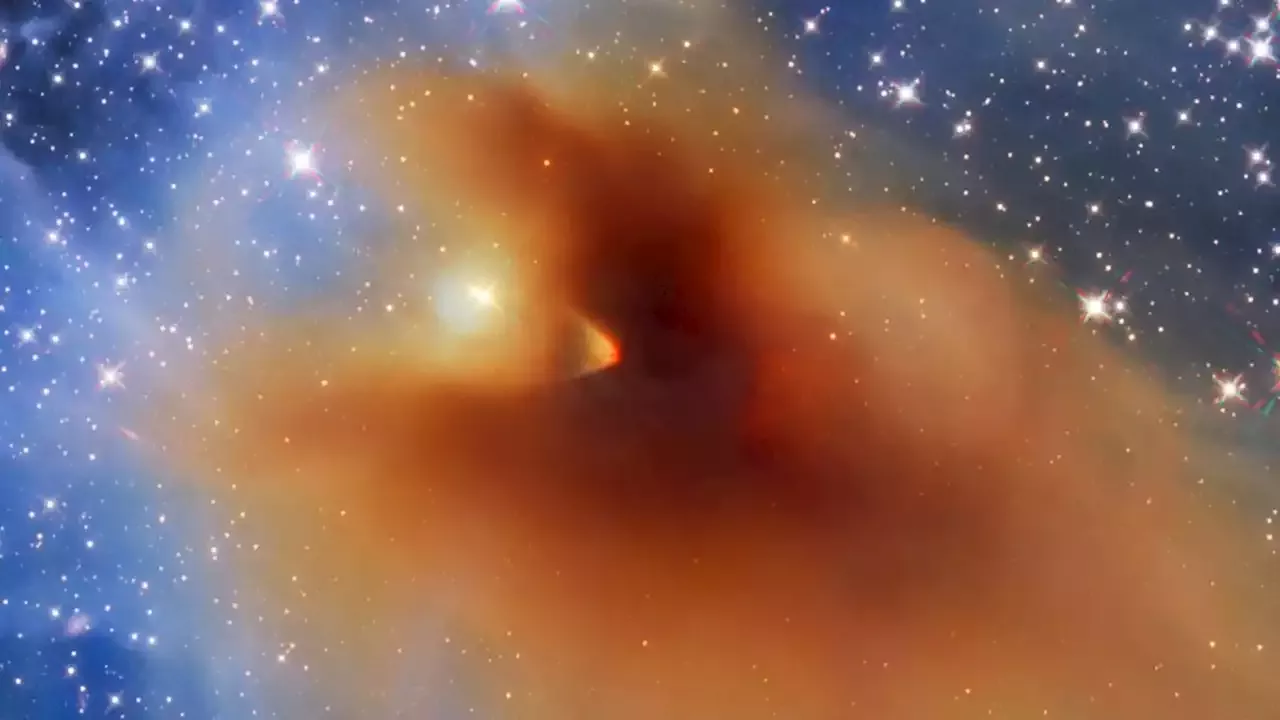Robert Lea is a science journalist in the U.K. whose articles have been published in Physics World, New Scientist, Astronomy Magazine, All About Space, Newsweek and ZME Science. He also writes about science communication for Elsevier and the European Journal of Physics. Rob holds a bachelor of science degree in physics and astronomy from the U.K.’s Open University. Follow him on Twitter @sciencef1rst.
However, other details about CB 130–3 are more obvious in the image, which astronomers captured using Hubble's. For instance, the image demonstrates that the density of the molecular cloud isn't constant. The outer edges of CB 130–3 can be seen as tenuous wisps of gas that simply blur background stars. In stark contrast, the material at the heart of the molecular cloud is so dense that it entirely blocks the light from background stars.
The gas and dust of CB 130–3 also impact the color of the stars behind it as well as their brightness. The stars seen through the thick material closer to the heart of CB 130–3 appear to have taken on a redder hue than those shining through less dense material at the outer edges of the structure. And this reddening is more than an interesting cosmetic effect. Astronomers can use the change in color to map the density of CB 130–3, granting them insight into the structure of this stellar nursery.
United States Latest News, United States Headlines
Similar News:You can also read news stories similar to this one that we have collected from other news sources.
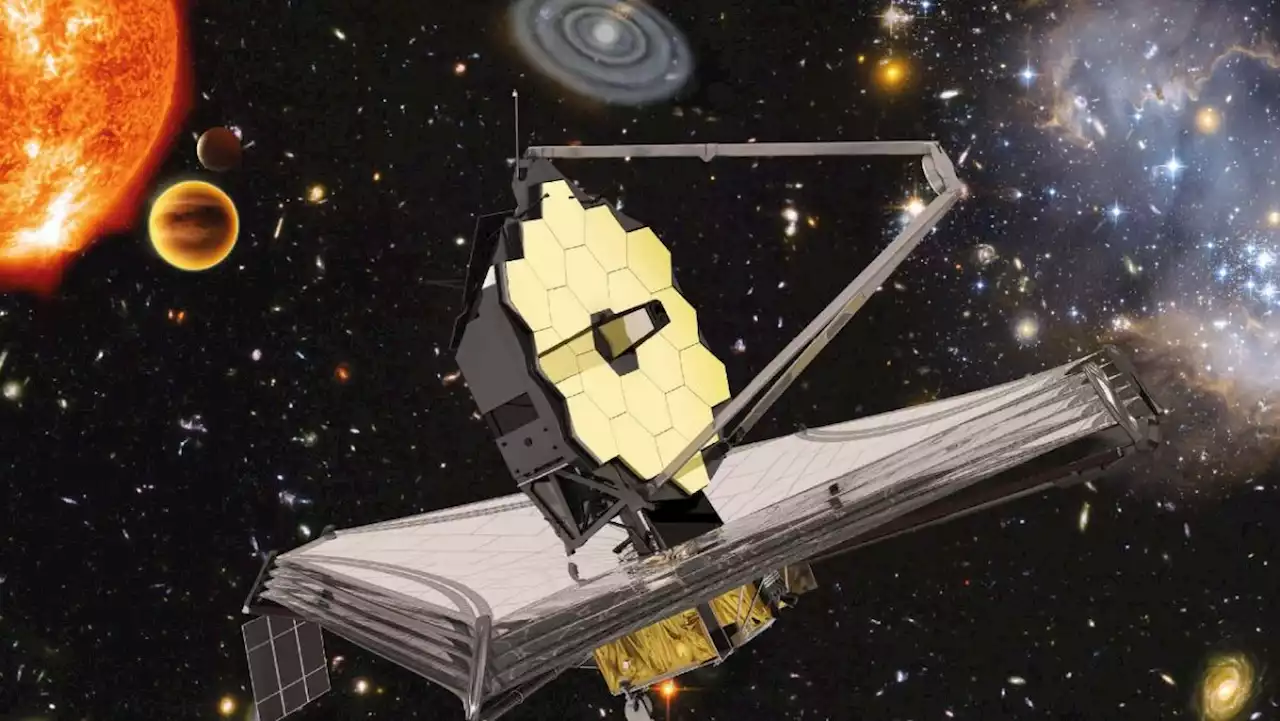 James Webb Space Telescope tweaks observing plans to avoid micrometeoroidsMeghan is a senior writer at Space.com and has more than five years' experience as a science journalist based in New York City. She joined Space.com in July 2018, with previous writing published in outlets including Newsweek and Audubon. Meghan earned an MA in science journalism from New York University and a BA in classics from Georgetown University, and in her free time she enjoys reading and visiting museums. Follow her on Twitter at meghanbartels.
James Webb Space Telescope tweaks observing plans to avoid micrometeoroidsMeghan is a senior writer at Space.com and has more than five years' experience as a science journalist based in New York City. She joined Space.com in July 2018, with previous writing published in outlets including Newsweek and Audubon. Meghan earned an MA in science journalism from New York University and a BA in classics from Georgetown University, and in her free time she enjoys reading and visiting museums. Follow her on Twitter at meghanbartels.
Read more »
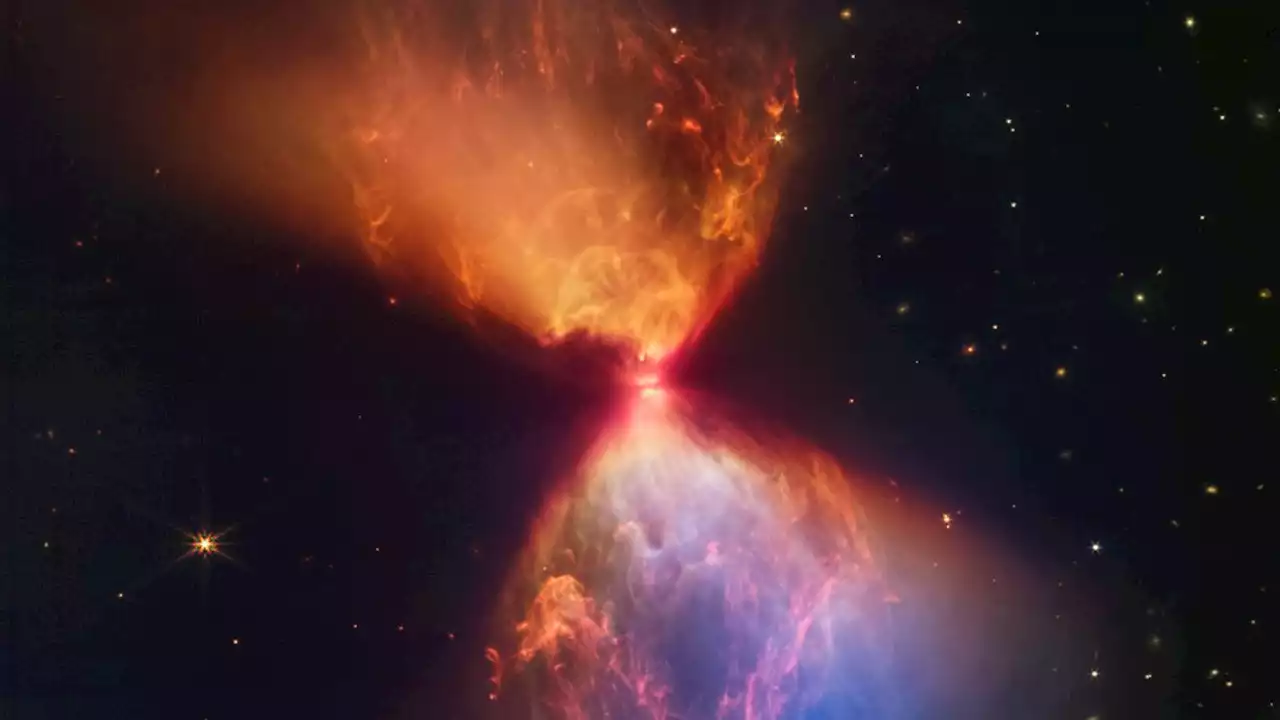 Fiery James Webb Space Telescope image shows the early days of star formationRobert Lea is a science journalist in the U.K. whose articles have been published in Physics World, New Scientist, Astronomy Magazine, All About Space, Newsweek and ZME Science. He also writes about science communication for Elsevier and the European Journal of Physics. Rob holds a bachelor of science degree in physics and astronomy from the U.K.’s Open University. Follow him on Twitter sciencef1rst.
Fiery James Webb Space Telescope image shows the early days of star formationRobert Lea is a science journalist in the U.K. whose articles have been published in Physics World, New Scientist, Astronomy Magazine, All About Space, Newsweek and ZME Science. He also writes about science communication for Elsevier and the European Journal of Physics. Rob holds a bachelor of science degree in physics and astronomy from the U.K.’s Open University. Follow him on Twitter sciencef1rst.
Read more »
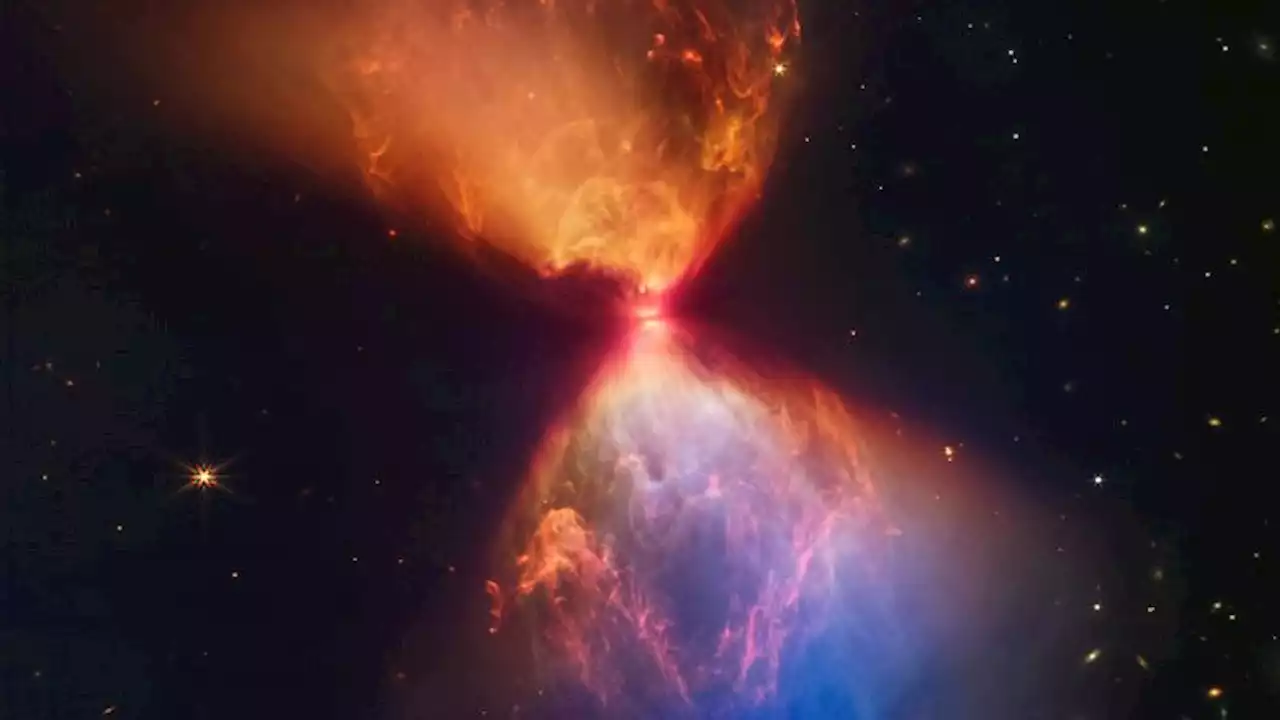 Cosmic hourglass captured by the James Webb Space Telescope reveals birth of a star | CNNThe cosmic chaos caused by a very young star has been captured in the latest enchanting image from NASA's James Webb Space Telescope.
Cosmic hourglass captured by the James Webb Space Telescope reveals birth of a star | CNNThe cosmic chaos caused by a very young star has been captured in the latest enchanting image from NASA's James Webb Space Telescope.
Read more »
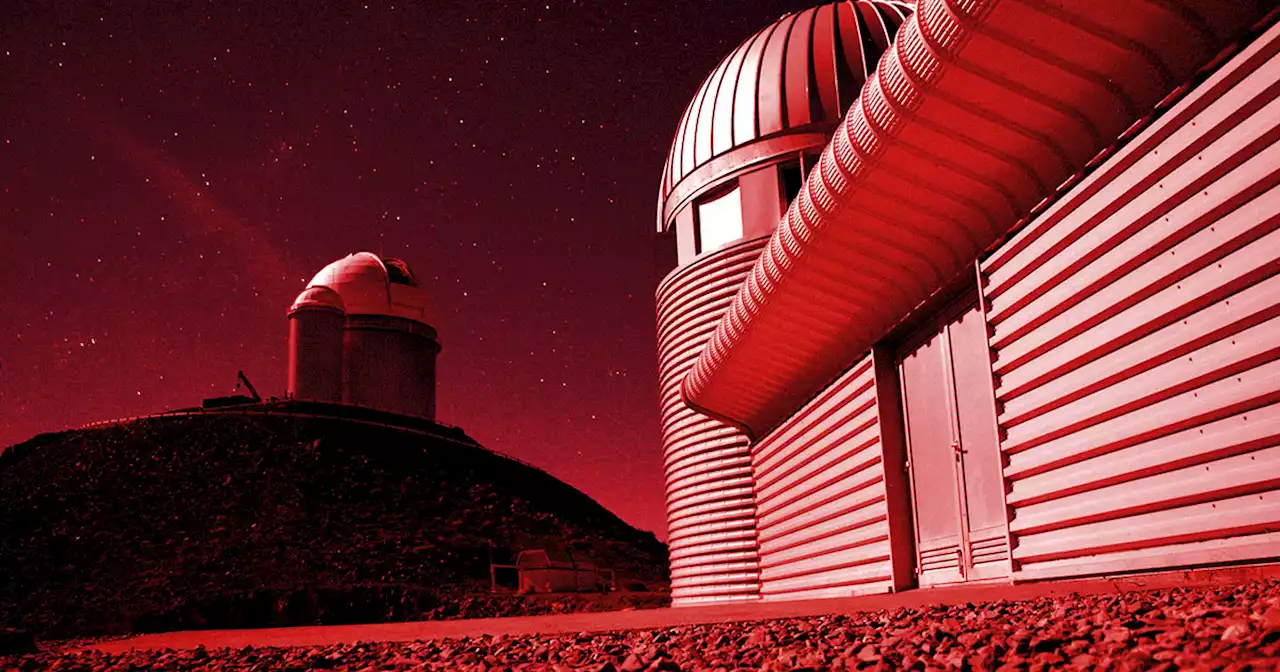 Missing Astronomer Found Dead Near Space Telescope in ChileBritish astronomer Thomas Marsh went missing while visiting La Silla Observatory in Chile. 55 days later, his body has finally been found.
Missing Astronomer Found Dead Near Space Telescope in ChileBritish astronomer Thomas Marsh went missing while visiting La Silla Observatory in Chile. 55 days later, his body has finally been found.
Read more »
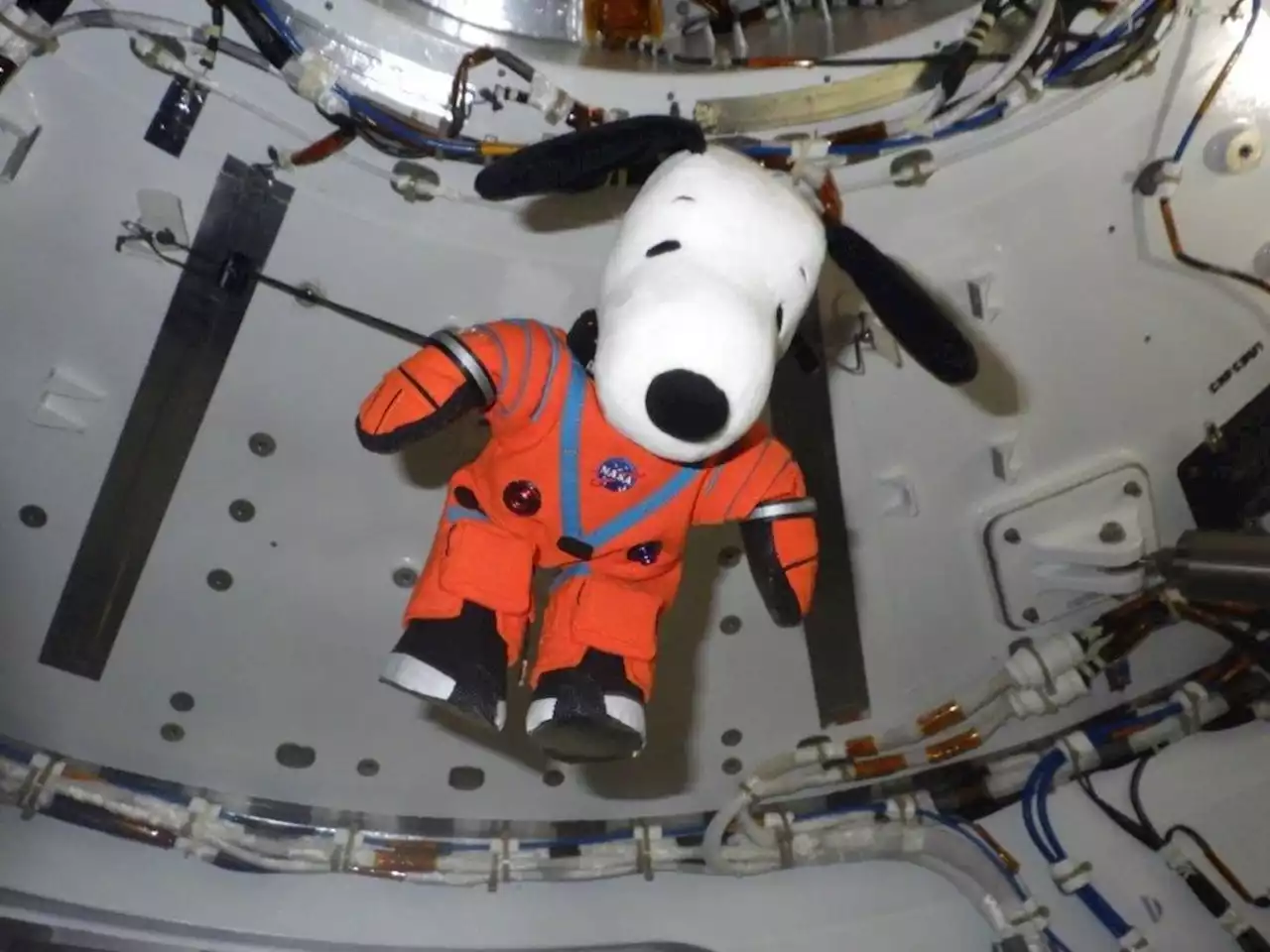 Spacesuited Snoopy doll floats in zero-g on moon-bound Artemis 1 missionRobert Pearlman is a space historian, journalist and the founder and editor of collectSPACE.com, an online publication and community devoted to space history with a particular focus on how and where space exploration intersects with pop culture. Pearlman is also a contributing writer for Space.com and co-author of 'Space Stations: The Art, Science, and Reality of Working in Space” published by Smithsonian Books in 2018. He previously developed online content for the National Space Society and Apollo 11 moonwalker Buzz Aldrin, helped establish the space tourism company Space Adventures and currently serves on the History Committee of the American Astronautical Society, the advisory committee for The Mars Generation and leadership board of For All Moonkind. In 2009, he was inducted into the U.S. Space Camp Hall of Fame in Huntsville, Alabama. In 2021, he was honored by the American Astronautical Society with the Ordway Award for Sustained Excellence in Spaceflight History.
Spacesuited Snoopy doll floats in zero-g on moon-bound Artemis 1 missionRobert Pearlman is a space historian, journalist and the founder and editor of collectSPACE.com, an online publication and community devoted to space history with a particular focus on how and where space exploration intersects with pop culture. Pearlman is also a contributing writer for Space.com and co-author of 'Space Stations: The Art, Science, and Reality of Working in Space” published by Smithsonian Books in 2018. He previously developed online content for the National Space Society and Apollo 11 moonwalker Buzz Aldrin, helped establish the space tourism company Space Adventures and currently serves on the History Committee of the American Astronautical Society, the advisory committee for The Mars Generation and leadership board of For All Moonkind. In 2009, he was inducted into the U.S. Space Camp Hall of Fame in Huntsville, Alabama. In 2021, he was honored by the American Astronautical Society with the Ordway Award for Sustained Excellence in Spaceflight History.
Read more »
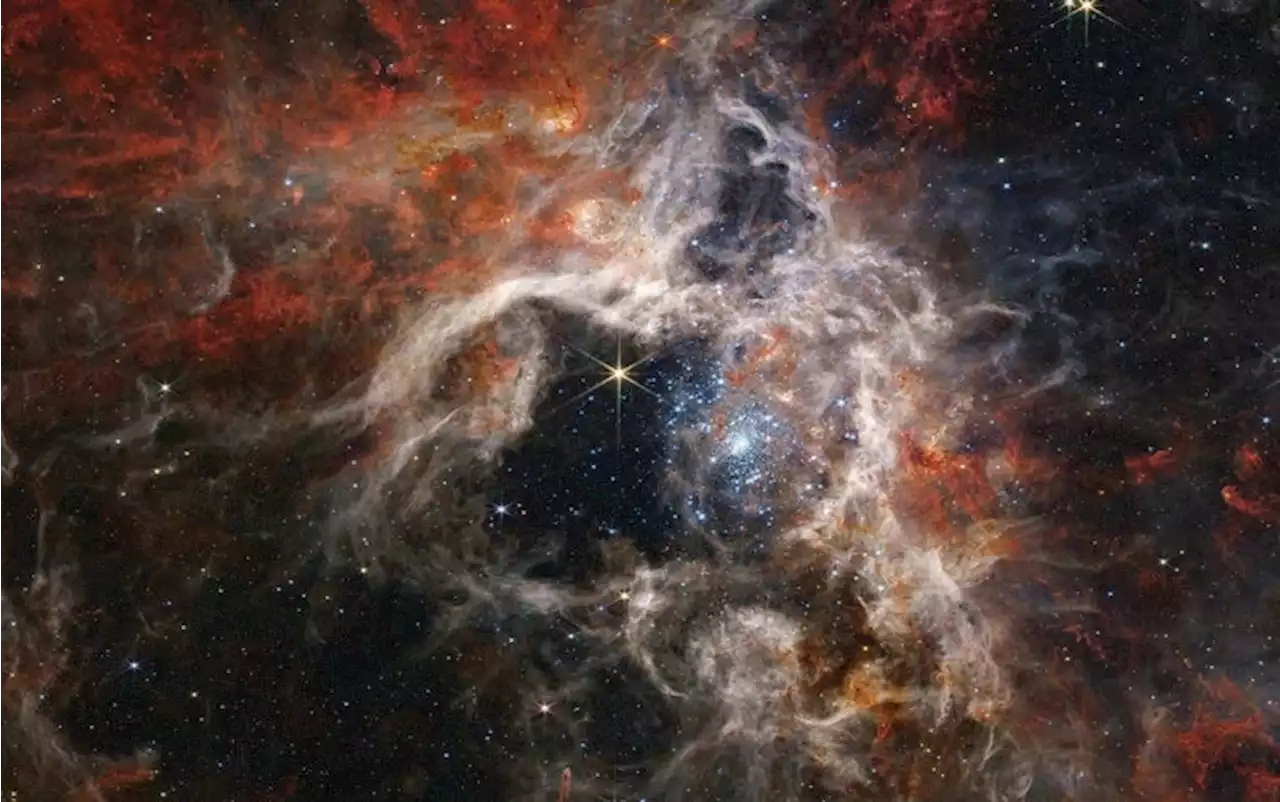 How JWST Is Changing Our View of the UniverseThe James Webb Space Telescope has sparked a new era in astronomy
How JWST Is Changing Our View of the UniverseThe James Webb Space Telescope has sparked a new era in astronomy
Read more »
